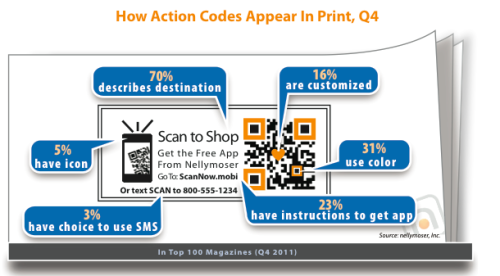The impact of the physical workplace on how we organise is a fascinating topic. For example the transformation of factories thanks to electricity and electric light changed how they operated. Modern offices, in the shape of skyscrapers, are an example of another development that has also affected how we manage. However, both the modernisation of factories and the creation of the modern office primarily depended on overcoming physical constraints to create physical structures. This in turn helped to define structures for work that we became familiar with in the developed world during the last century (lets call them 2nd Generation Organisations).
As the digital era continues, my impression is that intangible features are playing a greater role in defining the workplace environment and creating what I would call 3rd Generation Organisations. One trend that is starting to show what a 3rd Generation Organisation looks like is the shift towards Activity Based Workplaces (ABW):
As the name suggests the work space is organized by spaces designed to support specific activities… This loosely structured physical workplace is supported by work practices that facilitate it.
Note the relationship between space design and how work happens – this is more than simply creating a pleasant office space to work in and shouldn’t be confused with hot desking or hoteling either. I recently had the opportunity to see Commonwealth Bank’s Activity Based Workplace, built out on the edge of Sydney CBD. Its interesting to see how in practice IT plays a defining rather than supporting role in making their Activity Based Workplace possible. In fact, urban planning consultants Urbis advise that:
During the 1990s, wi-fi didn’t exist, so flexibility was limited. Now, a successful [Activity Based] workplace must consider the IT environment to deliver productivity gains. ABW is fundamentally linked to technology and any ABW project will require significant investment in IT as well as the fitout.
The benefits of ABW appear to be a combination of soft and hard benefits:
- Employee engagement (better collaboration and productivity).
- Savings from more efficient use of space, less use of paper and lower building running costs.
Of course implementing an ABW is no easy task for a large organisation – it requires capital and motivation to make the change. Yet at the small end of town co-working spaces are becoming popular too, like Hub Melbourne. Just like their larger enterprise counterparts they are also enabled by access to mobile, social, Web-based and cloud information technologies.
It is easy to doubt the transformational impact of information technology in the workplace – including social software – but equally we shouldn’t ignore the symbiotic relationship to the physical workspace. It is the combination of the two that will actualy create a deeper systemic change to how we organise and will allow 3rd Generation Organisations to emerge.

You must be logged in to post a comment.